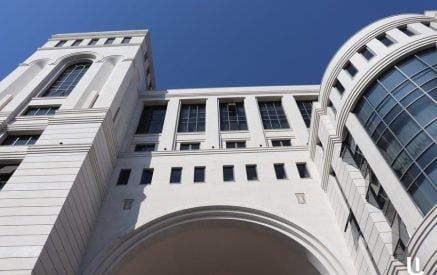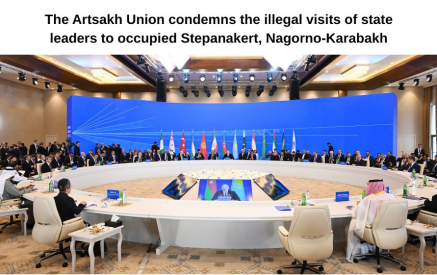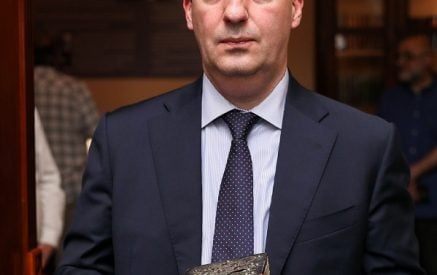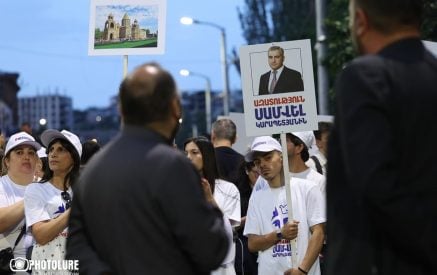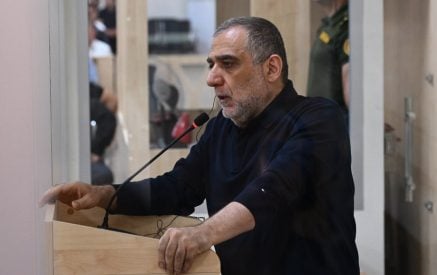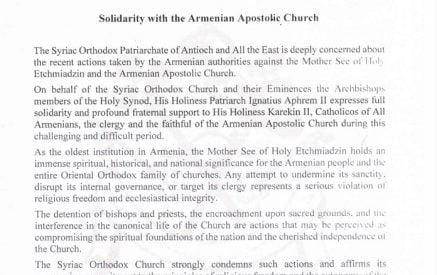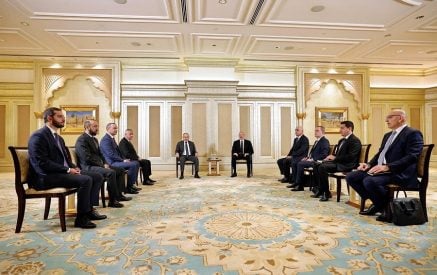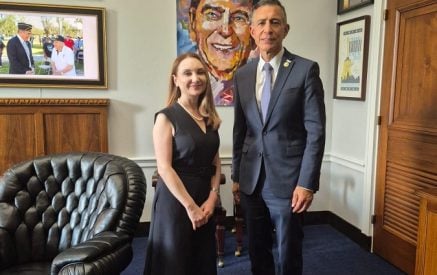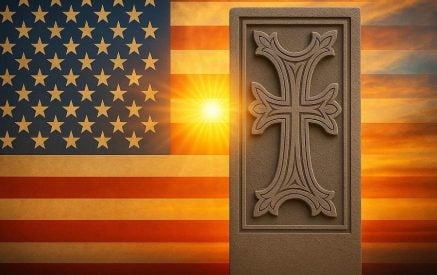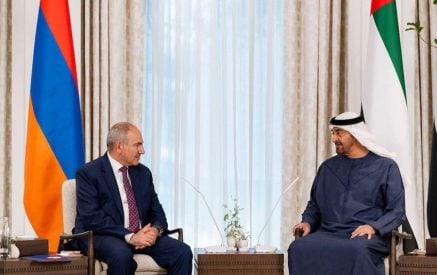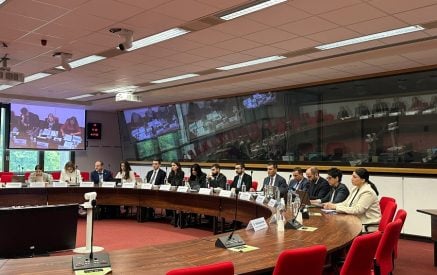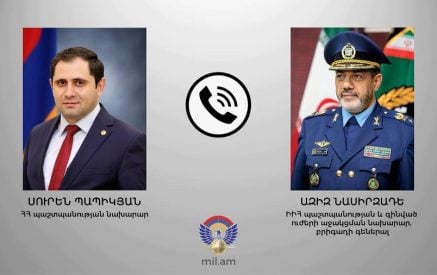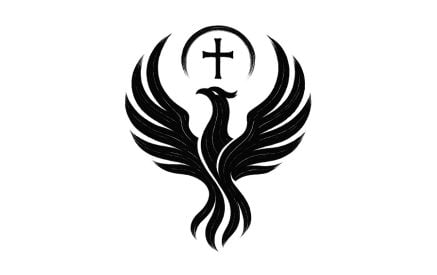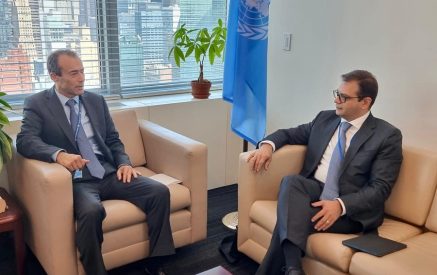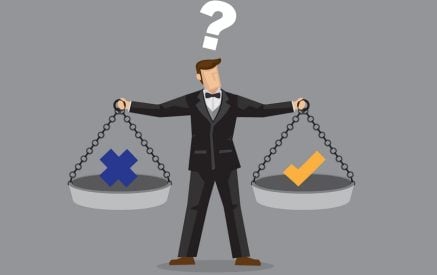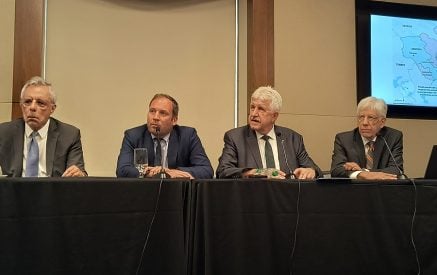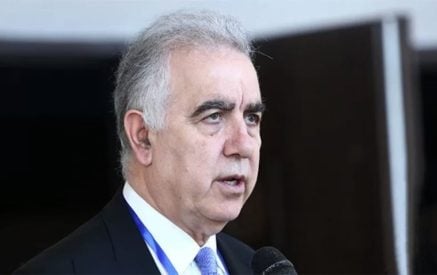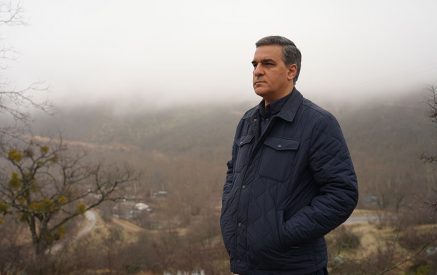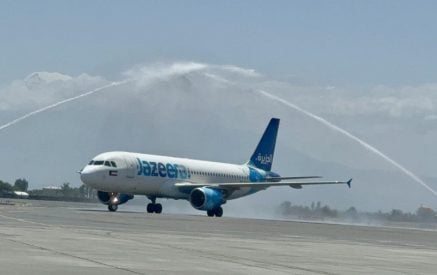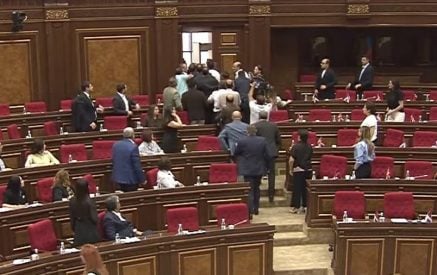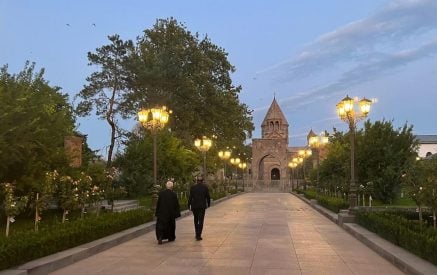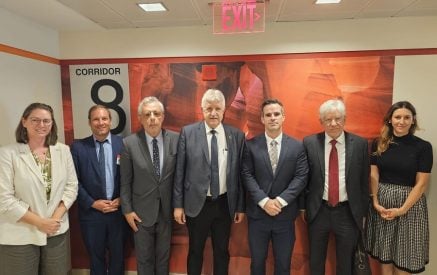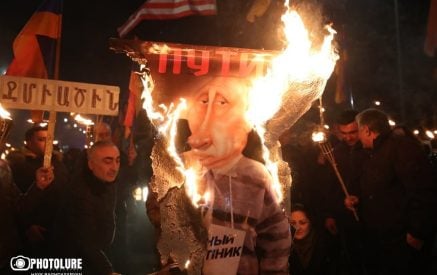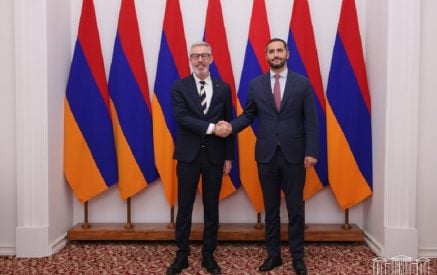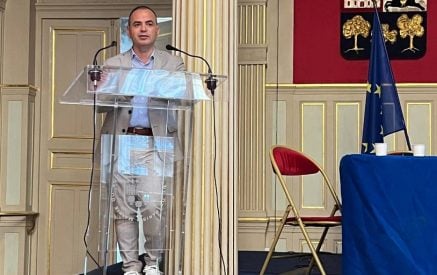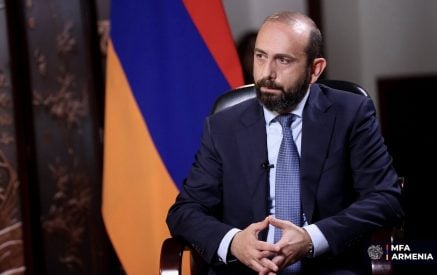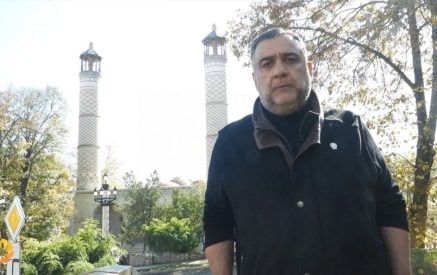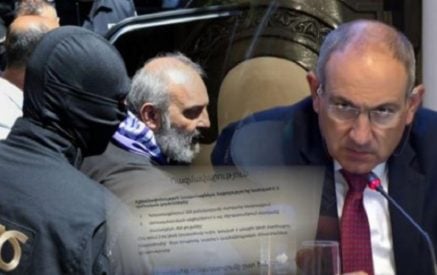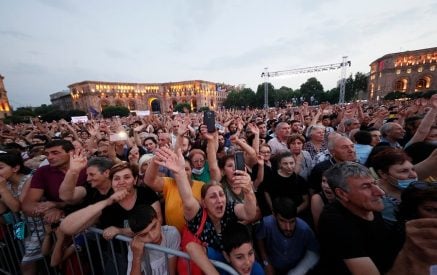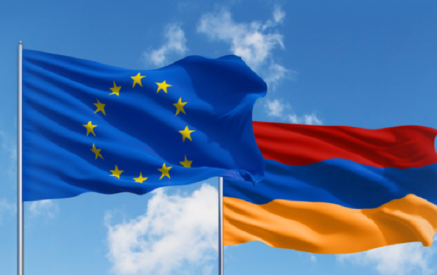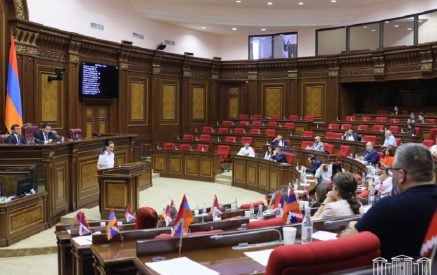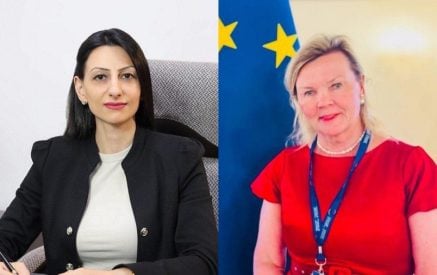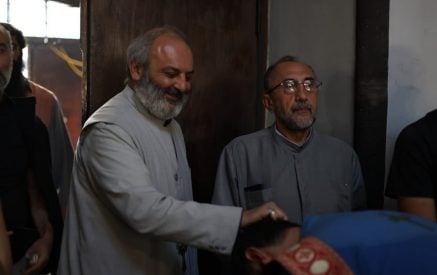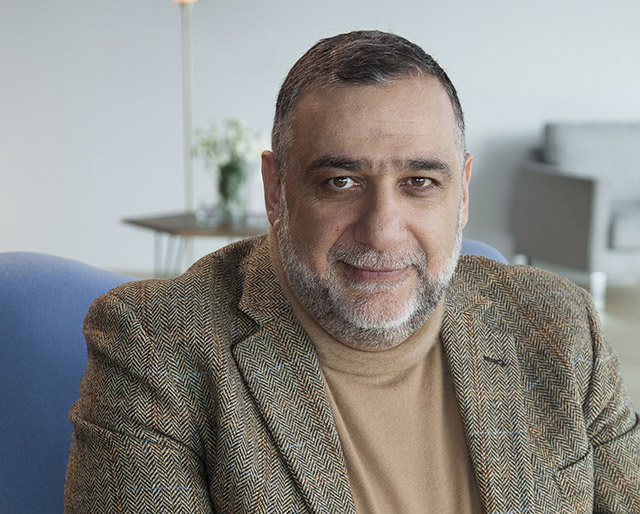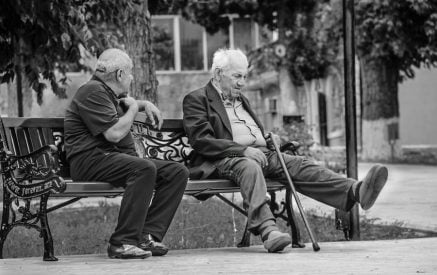Ruben Vardanyan, evolutionary visionary, Co-founder of the Aurora Humanitarian Initiative, UWC Dilijan, FAST, International School of Leadership and Professional Development “Matena” and other projects.
Part 11
Read the beginning here
Read also
15 goals of the FUTURE ARMENIAN initiative:
- Vision setting: define and own Armenia’s future collectively. To do this, we need to pragmatically set realistic goals and objectives and establish a path for achieving them.

Today, The FUTURE ARMENIAN community includes over 100,000 people from more than 100 countries.
Photo credit: The FUTURE ARMENIAN ©
- Assured sovereignty: acknowledge our threatened security and construct a more effective and forward-looking defense system. The tasks in this regard are as follows: to guarantee the inviolability of Armenia’s borders and the physical safety of its citizens, so that they can live and work peacefully in the land of their ancestors; transform the armed forces of Armenia into a modern army, employing the latest scientific and technological achievements, the art of management and military intelligence; and actively develop the military-industrial complex, which should be supported by the development of all other industries.
- Historic responsibility: honor the memory of the victims, the saviors and survivors of the Armenian Genocide through global advocacy and humanitarian support to prevent, combat or heal from all acts of violence against humanity. For this purpose, our shared pain and the experience of past generations must become a force for good. Our mission is to contribute to the triumph of humanism and to support all efforts to eradicate violence on a global scale. We will continue to raise awareness of the Armenian Genocide and its dire consequences, and we will also look for the best means to tell the world about Armenia and its experience.
- Free Artsakh: guarantee Artsakh’s physical security and establish its legal status. Artsakh should be perceived by Armenians as an integral part of their homeland, and our task is to have it prosper, so that people want to live there again. To do this, it is necessary to design a clear plan and find allies who are ready to join us in ensuring the security of Artsakh and its residents.
- Armenia-Diaspora unity: transform the relationship between Armenia and the Diaspora into one based on mutualism and trust. To this end, we need to find an optimal model of interaction between the state and the networked nation. The state must become a central node of this network in order to obtain the key to the vast potential of the Armenian world. The key to the effectiveness of such a model will be the involvement of the Diaspora in setting national goals and priorities, on the one hand, and its responsible participation in building the nation and the state, on the other. Armenia and the Diaspora must join forces because only together can we attain the nation’s prosperity. Creation of transparent and clear mechanisms of interaction that spark confidence on both sides will contribute to deepening mutual understanding between them and strengthening their partnership.
- Strong Diaspora: update and enhance Diaspora’s institutions and structures to ensure their vitality and preserve Armenian worldwide heritage. Traditional diasporan institutions need to be modernized to reverse the trend of emigration from the Diaspora and establish strong ties within the global Armenian network. We need to strengthen the presence of Armenians in strategically important regional centers, such as Jerusalem (Armenian Quarter), Georgia, Turkey, Iran, etc.
- Strong Alliances: counter isolation and gain relevance through strategic partnerships regionally and globally. Armenia should gradually raise its status in the eyes of its own citizens, regional neighbors, and international partners, investing in building up soft power and promoting the agenda of Armenians’ revival as a forward-looking global nation, relevant to the rest of the world.

Academic director Tigran Mnatsakanyan (left) and co-founders of the Matena International School of Leadership and Professional Development Ruben Hayrapetyan (center) and Ruben Vardanyan (right) at the launch event for the first international programs, February 2022.
Photo credit: Matena International School of Leadership and Professional Development ©
- Exponential growth: foster a competitive economy that attracts human and financial capital. Boosting productivity and finding disruptive, adaptive, and decentralized business models that can drive sustainable growth in sectors, such as information technology, energy, food, transportation, and building materials are top priorities.
- Growing population: address Armenia’s demographic challenges by ensuring population growth, repatriation and skilled immigration to secure its future. It is necessary to make every effort to reverse the flow of emigration and stop the outflow of population from socially disadvantaged communities, as well as to develop a friendly immigration policy.
- Excellence in education: prioritize education as the highest societal value for Armenians worldwide. Education should become a key component of public policy at both the local and national levels. While attracting investment in the development of this sphere, we should raise the salaries of teachers and restore the high status of the teaching profession and respect for it.
- Preeminence of science, technology, and creativity: invest in science, technology and creativity to drive innovation and development, especially in health, environment and knowledge economies. Armenia should become an international innovation hub. This means that spending (by the government and the private sector) on applied science and technology must be comparable to that of the countries with the most advanced economies. Besides, it implies establishing research institutes in the country and forging partnerships with international organizations.
- Good governance: develop effective and accountable institutions, commit to excellence and professionalism in government and society. We need to reform the public sector, improve the admission criteria for public service, while raising the salaries of officials.
- Just society and reduced inequities: overcome poverty, build an open and honest society. A just society means equal opportunities for access to social benefits for all its members; therefore, it is important to provide support and ensure involvement in the economic and social life of the most vulnerable demographics—the elderly, people with disabilities, women, and war veterans—and help them pick up new useful social skills.
- Preserved heritage: build upon our unique identity and historic experiences and use them to inspire and guide our future. Our tasks in this regard are to preserve and develop the Armenian language and culture, ensure their accessibility and appeal for the young generations of Armenians; to revive traditional Armenian values and adapt them to the realities of the modern world; and to help the Armenian Apostolic Church reclaim its connecting role in the Armenian society and the Armenian world.
- Evidence-based decision-making: demand from leaders and society that national decision-making be based on facts rather than illusions. This will be facilitated by the establishment of transparent communication between all participants—the government, society, and the Diaspora—as well as the creation of a clear rule-based system that encourages innovation and ensures the redistribution of wealth and the protection of citizens.
We assume these goals should be discussed by representatives of different strata of society in today’s Armenia and the Armenian diaspora, become a subject of discussion for the intellectual, political, business and military elites, and draw the attention of people of all ages, especially young people who are now entering adulthood.
We must feel responsible for the future of our country and become its masters.
By jointly reflecting on our past, present, and future, we will be able to draw closer to a way out of the current situation and identifies the mechanisms and ways of our interaction. We do not expect perfect agreement on all points, but we are sure that a frank conversation will help to clarify a lot of things. As I have already argued, people who are empowered to make decisions about the future of the country and the nation must rely on public consensus, which is unattainable without such a discussion.
I believe in the partnership of the state with the private sector working in Armenia, with the Diaspora, and not-for-profit organizations. Building a strong and effective network is real. It is indeed not an easy job that requires different approaches, but in this area, we have a competitive advantage rooted in our historical experience. The most important mission of The FUTURE ARMENIAN initiative is to build a state and a nation amid a dire crisis of trust seen throughout the world and the threat of a lost identity lingering over many peoples—a major threat of the new millennium. Armenians, like residents of other countries, feel distrust of the authorities, especially in the wake of the recent turmoil the country had to go through. People do not believe in their own future and the future of their children in their homeland, and we must reverse this trend—the sooner, the better. To do this, we must feel responsible for the future of our country and become its masters; we must believe that the future can be harnessed by us, each one of us.

Such projects as the Wings of Tatev cable car clearly illustrate the fact that the impossible becomes possible when many people believe in a dream and unite their efforts to bring it to life.
Photo credit: IDeA ©
The search for an optimal development model that harmoniously combines three key elements—security, prosperity, identity preservation, and its development in the new normal—based on a balance between networks and hierarchies and using the format of public-private partnership as a tool of interaction involves a fair deal of experimentation. If we succeed when ravaged by a systemic chaos and a high level of mistrust in everything and everyone, if we find such a model and implement it, involve in this experiment interesting, bright, and open-minded people, living in different parts of the world, but ready to share our values and work together with us, the consequences will certainly be beneficial not only for us but for all of humanity.
The impossible becomes possible if many people believe in a dream and join their efforts to make it come true.
Over the 30 years, during which my partners and I have been implementing large-scale projects that unite people with different backgrounds, experience, and capabilities, I have repeatedly heard that what we are undertaking is simply impossible. Indeed, it is impossible to create an investment bank in Russia to the best international standards, which will become the leader of the financial market, or build a national business school using private funds, which will be later listed on the prestigious international rankings. Moreover, it is impossible to make sure that teenagers from different countries come to Armenia to study, and the cable car leading to the ancient monastery breaks world records and prompts the revival of the entire region. Nevertheless, Troika Dialogue, the SKOLKOVO business school, the UWC Dilijan with the Wings of Tatev cable car, and many of our other projects clearly illustrate the fact that the impossible becomes possible when many people believe in a dream and unite their efforts to bring it to life.
I remain an optimist who believes in our people. I have no doubt that they are able to unite, brave the difficulties of a dangerous historical period, lay the foundations for the prosperity of new generations, and make the difficult but the sole correct choice at the next historical crossroads leading to a dignified future.




